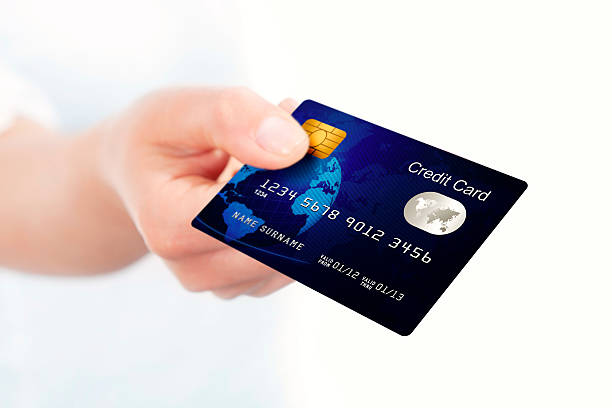People seem to have mixed feelings and perspectives when it comes to using credit cards. Some of them advocate against the use of credit cards in that they are debt traps and only cause you to lose money. Others practically swear by it. This confusion on the people’s perspective about credit cards has made it more difficult to understand, for starters. This has fostered a generation of misinformed individuals who don’t actually know how to use credit cards to their maximum potential.
In this article, we aim to rectify that. We’re going to list down some useful tips that will help you make the most out of this wonderful financial tool. At the end of this text, if we have convinced you to apply for a credit card, do check out our list of the best credit card signup bonus programs that are offered across multiple banks.
Apply for a credit card as soon as practicable
One of the core concepts of credit cards is what’s called a “credit score” or “credit rating.” Basically, it’s a measure of your performance as a borrower. From the perspective of banks and financial institutions, the higher your credit score/rating is, the more likely they will receive the money that they lend you. And through this, they are able to decide if they would allow you to use their credit for your purchases.
Getting a credit card as early as you can allow you to start using it earlier. Therefore, you have a much longer period to raise your credit score/rating. When the time comes that you will need your credit card for a particular purchase, and this particular good or service requires a high credit score/rating, then it will be more likely that you can purchase it without any issues whatsoever. Moreover, some companies also offer programs and incentives for those who have been working with them for five years, ten years, 20 years, etc. This will lead you to experience benefits down the line.
Use credit cards for long-term assets.
Long-term assets are defined as those that you can use or benefit from over a period longer than one year. This includes items such as computers, store equipment, furniture, and more. Using credit cards in paying for these items is considered advantageous because you will be able to spread out the cost of the item over its lifespan.
Basically, you won’t have to dish out as much cash upfront. On top of the ability to spread the cost of the item over its lifespan, it can also give you other benefits, such as insurance and extended warranties. Some banks and financial institutions have such offers where they would attach insurance or an extended warranty policy to the item that you will be purchasing using their credit card. This could save you tons of money as compared to applying for separate insurance or warranty policy.
Pay your debts on time.
If any takeaway is to be derived from this guide, this should be it. Credit card debt is one of the biggest issues that the common American faces. Fortunately, with the use of some discipline, you can avoid this issue entirely. When using credit cards as payment, be sure to take note of the payment arrangement that you choose. Credit card debt can be paid entirely, or it can be paid in installments. If you choose the former, be sure to set aside some money for the sole purpose of paying the debt.
To make this strategy a lot more effective, you can keep the money in your bank account. If you choose to pay in installments, be sure not to miss out on any of your installment deadlines. If you miss the payment date, banks will typically charge you a fee, which could eventually add up over time. If you are consistent with your payments, some banks may even allow you to forego paying your last installment. Once again, this saves you a little bit of money, and these savings can compound as you use your credit card more.










